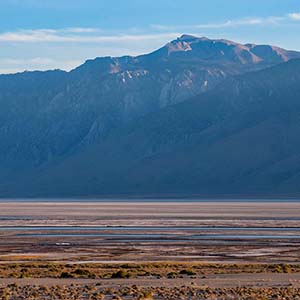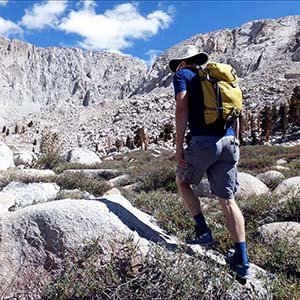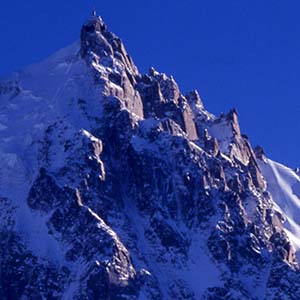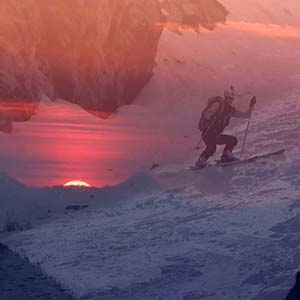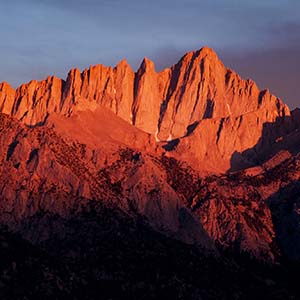‘The White Spider’
— Heinrich Harrer
In 1938, Heinrich Harrer, Anderl Heckmair, Fritz Kasparek, and Ludwig Vörg were the first to successfully climb the Eiger's north face. The infamous Nordwand had, to that point, turned back all such attempts with an almost living ruthlessness.
'The White Spider' takes the reader step-by-step through Harrer's historic first ascent. Of equal importance, however, the book also provides the historical context necessary to understand what Harrer's accomplishment meant.

It's not hard to understand the allure of Switzerland's 13,024' Eiger—and its incomparable north face. First, take a look at your favorite mountain in Google Earth.
I do not think any one of us who climbed that 6,000-foot bastion was at any time in fear of his life. But after our safe return from the venture we felt more conscious of the privilege of having been allowed to live.Maybe my memory of the Eiger's Face has given me the strength, the patience, and the confidence to cope with apparently hopeless and dangerous situations, and helped me to believe in life at times when all the circumstances seemed most hostile to life itself...
Now, navigate your way to the Eiger. As you rotate, zoom, and pan about, take notice of the way the Eiger towers above the nearby village of Kleine Scheidegg, elevation 3300'. Take notice of the way the North Face plummets from the summit, as if someone took a giant knife and simply cleaved half the mountain away.
The Nordwand offers nearly 6000 vertical feet of climbing, placing it surely within the ranks of the Earth's greatest walls. And unlike many of its peers, the Eiger is located not in some distant, inaccessible range, but in the middle of Western Europe. Such a combination of access and topography made the Eiger irresistible to the world's best climbers—and it remains so today.*
One by one they came to the mountain, where they discovered much of the Eiger's vertical mile is made of rotten rock, plagued by landslides, avalanches, ice, and notoriously bad weather. The lucky ones escaped with their lives. The unlucky—of which there were many—did not, in a series of mishaps and tragedies that Harrer unflinchingly reports. Such carnage did not go unnoticed by the public, the media, or the authorities. The Nordwand came to be known as the Mordwand—the 'Murder Wall.'
Thus did the Eiger play a central role in both the genesis and controversy of extreme mountaineering. Debate began as to whether people ought to be allowed to climb the Eiger, as doing so seemed little more than a very public way to commit suicide. It is especially interesting to read this drama given the era in which it occurred: the early Twentieth Century.
North American climbers sometimes forget the extraordinary routes that were being attempted in Europe during this time. Indeed, the climbing deaths and subsequent public outcry in 1920's Switzerland mimics a similar pattern seen nearly fifty years later in the United States, as climbing accidents there gained attention.
To his credit, Harrer resists the temptation to sensationalize the Eiger's climbing history. Happily, he does not however avoid entering the most basic of the climbing world's debates: should young men and women risk their lives upon walls of rock? Harrer begins by noting his trepidation in writing The White Spider. He feared glamorizing, romanticizing the climb—or worse, encouraging others to find their deaths upon the mountain.
Harrer of course did write the book, partially as a warning: he wanted to leave no doubt in would-be climber's minds as to what they might find on the Nordwand. For many of us, The White Spider will be the closest we ever get to navigating such notorious landmarks as the 'Traverse of the Gods', the 'Ice Hose', the 'Death Bivouac', and the 'White Spider'.
And, reading of this remarkable mountain, we may come to understand a part of those who try to climb it—even if we'll never attempt the same ourselves.
*Note: you may also enjoy reading Jon Krakauer's attempt to climb the Eiger in his collection of mountaineering essays, Eiger Dreams.
